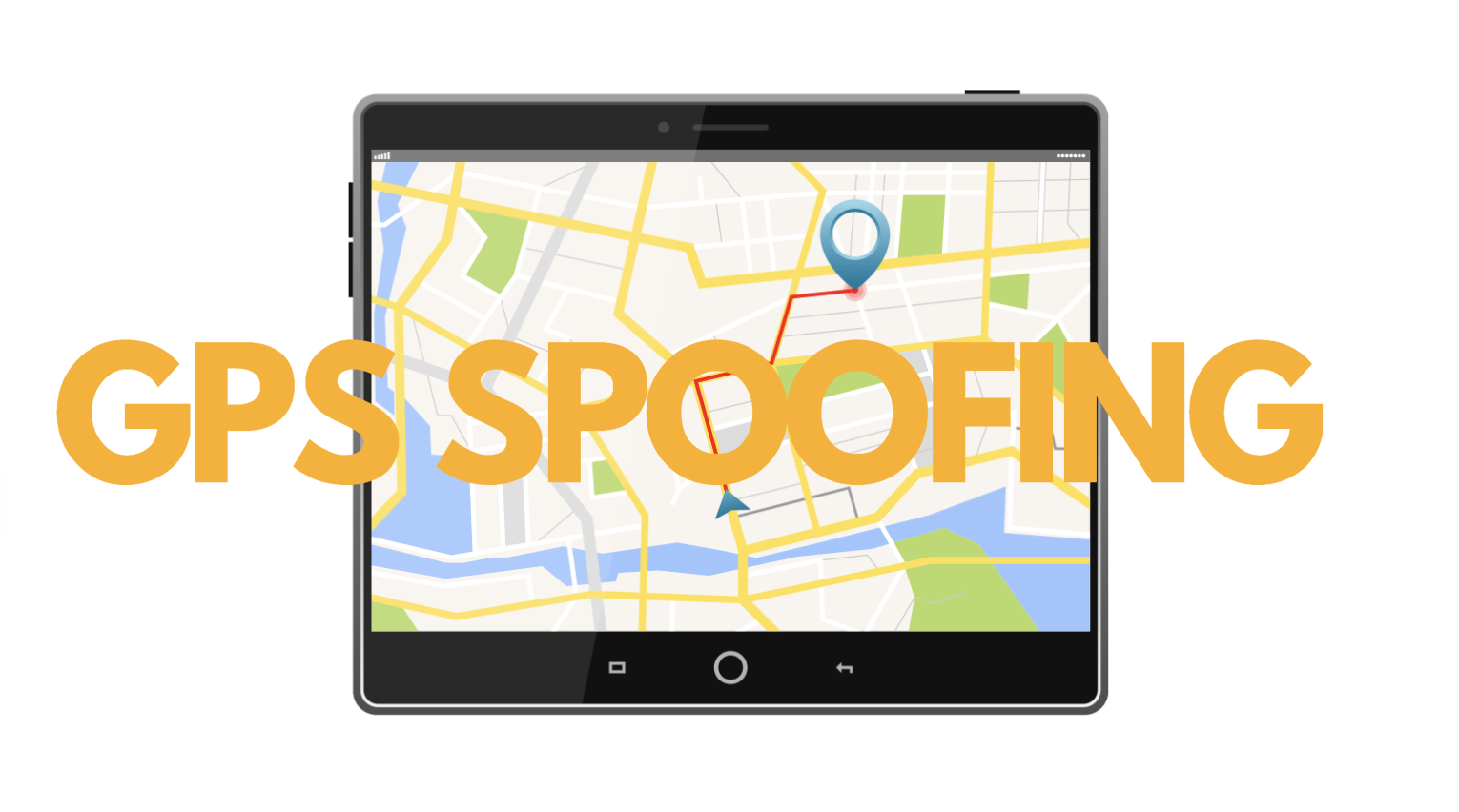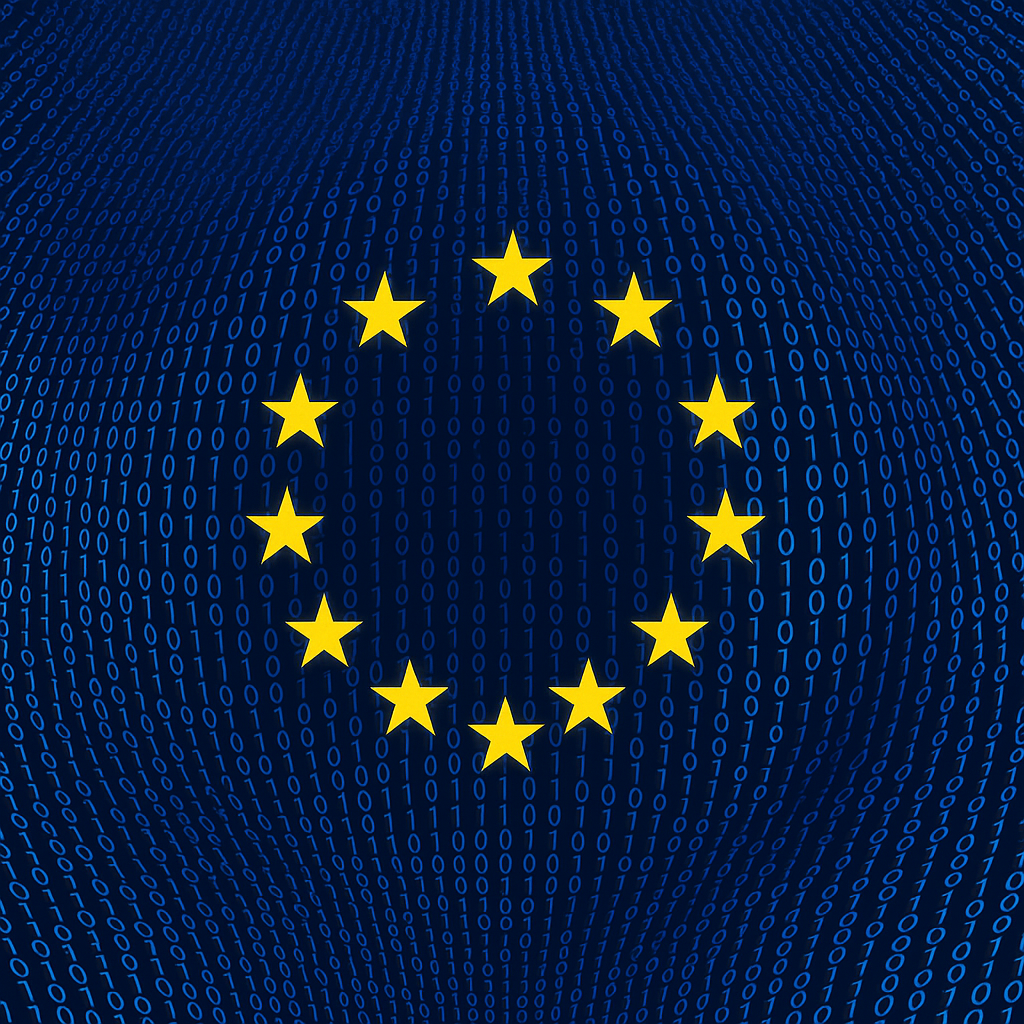Digitalization has reshaped our world in ways we could hardly imagine a few decades ago. It has streamlined processes, facilitated communication, and opened up access to a wealth of information. However, this evolution has also brought about new challenges and risks, particularly in the realm of cybersecurity.
The Digital Arms Race
In the world of online security, a constant race has developed between cyber criminals and security experts. Every new technology introduced to improve our systems and processes also opens new possibilities for cyber attacks. A key battleground in this scenario is artificial intelligence (AI), and one particular tool has recently drawn attention – the AI chatbot ChatGPT.
The easy accessibility of AI tools like ChatGPT has not only helped to perfect already existing attack methods, but might also reveal completely new attack vectors. Given this rapid development, we need to continually evolve and adapt our strategies to fend off such attacks.
Spoofing – A Refined Method
A fitting example is spoofing. Here, an attacker obscures their identity to the extent that a victim can no longer verify the true identity. Typically, this deception happens through falsified emails, caller IDs, or mimicked websites. Particularly insidious is that the victim believes they are dealing with a known individual or company; a practice that exploits trust to steal sensitive information or execute unwanted actions.
So far, a common stumbling block for cyber criminals has been the language barrier. Many of these deception attempts were so poorly written that they carried little credibility. Companies and security experts could usually detect and ward off such attacks at an early stage.
However, thanks to advanced AI-based language models like the ones used in ChatGPT, such glaring errors are increasingly a thing of the past. Texts are professionally pre-formulated to appear as if they could originate from high-ranking managers or customer service staff. What used to be a time-consuming task for cyber criminals, is now taken care of by AI.
What Can We Do?
In light of these developments, it is crucial that companies and individuals continuously rethink and adapt their security practices. Here are some steps we can take to bolster our cybersecurity:
Education and Sensitization: Cybersecurity training should be a priority. Employees need to be kept up to date on the latest security risks and practices.
Strengthening the Technology Infrastructure: Outdated systems are often easily attackable. Companies should regularly update their systems and look for new security solutions.
Adaptability: The cyber landscape is constantly changing. Companies need to be flexible and continuously adapt their security measures to new threats.
The ever more sophisticated cyber attacks demand ever more ingenious defense measures. With constant vigilance, ongoing training, and the use of cutting-edge technology, we can prepare ourselves against the next wave of cybercrime. Together, we can look forward to a safer digital future.





